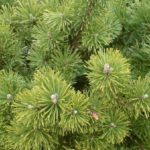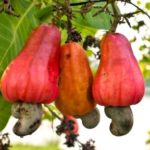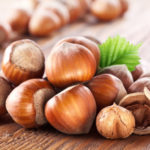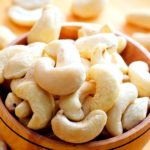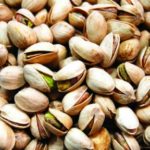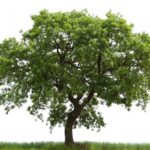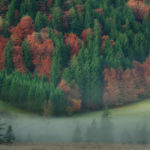17 interesting facts about cedar
 Many people confuse cedar and cedar pine, which grows in Siberia. Clicking pine nuts, no one even thinks that, strictly speaking, they have nothing to do with real cedars. Which, of course, does not negate the value of this tree, which perfectly cleans the air. And from its wood very expensive products are made, so it is not surprising that it is so appreciated.
Many people confuse cedar and cedar pine, which grows in Siberia. Clicking pine nuts, no one even thinks that, strictly speaking, they have nothing to do with real cedars. Which, of course, does not negate the value of this tree, which perfectly cleans the air. And from its wood very expensive products are made, so it is not surprising that it is so appreciated.
The height of the old tree can reach fifty meters.
Himalayas are considered the birthplace of cedar. But they also grow in Africa and the Middle East.
The cedar is depicted on the flag of Lebanon, but in fact, these trees are practically not there. Lebanon is a deserted country, and almost all the trees there have long been cut down.
The seeds of real cedar, unlike pine nuts, are not suitable for food.
Cones on the Siberian cedar pine grow every five years, and the first of them appear when the tree is 23-25 years old. Before that, it does not bear fruit.
Cedars can live for more than 5 centuries. Some of them are truly old.
The beneficial properties of these trees have been known since ancient times. People have long noticed that the air in the cedar forests is always clean and fresh. So it is – their foliage secures volatile, killing microbes in the surrounding air.
Most plants live according to certain biological rhythms. But not cedar! This wayward tree is quite weather dependent. On clear days it wakes up early, and on cloudy days it is late.
Cedar was respected by the Druids among the Celtic people. His resin was used in various rituals, and the cup with it was even called the “cup of life”.
Almost 20% of pure turpentine is part of cedar resin.
Harmful insects like ticks and mosquitoes avoid cedars, since they cannot tolerate the substances secreted by their leaves.
Cedar pine nuts contain up to 75-77% fat. They even make cream, which, by the way, is significantly superior in nutrition to dairy.
Cedar wood is used to make expensive furniture, including wardrobes, which are good because moths will never threaten clothes in them.
Eating pine nuts regularly reduces the risk of tuberculosis.
The diameter of the trunk of the old cedar at the base can exceed 2 meters.
These trees withstand harmlessly frosty frosts up to 25-27 degrees below zero.
From one old cedar pine, they collect up to 50 kg of nuts per year, and sometimes even more.

